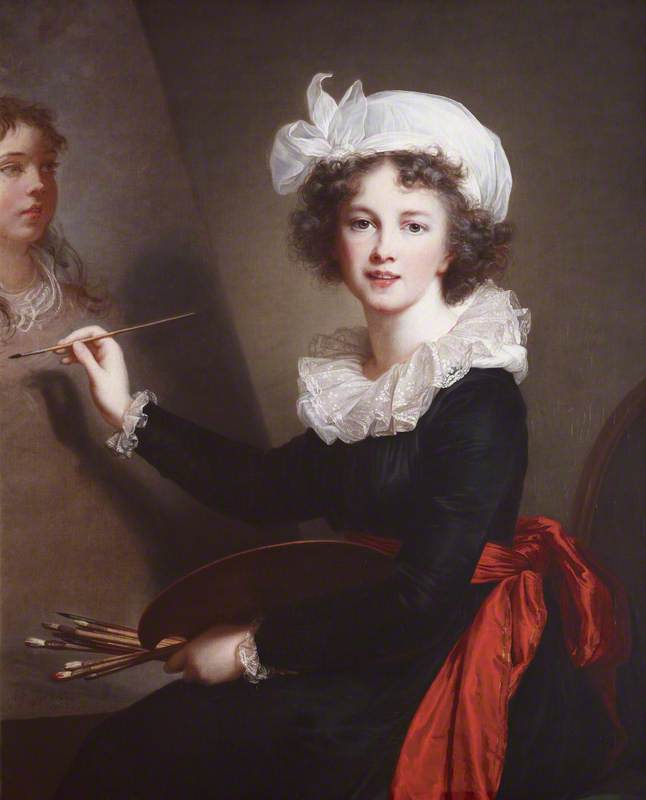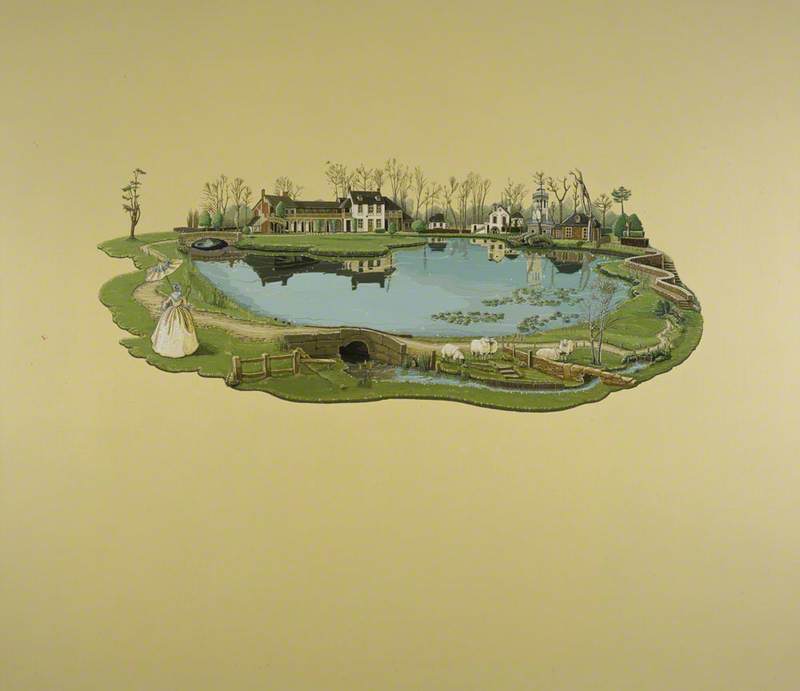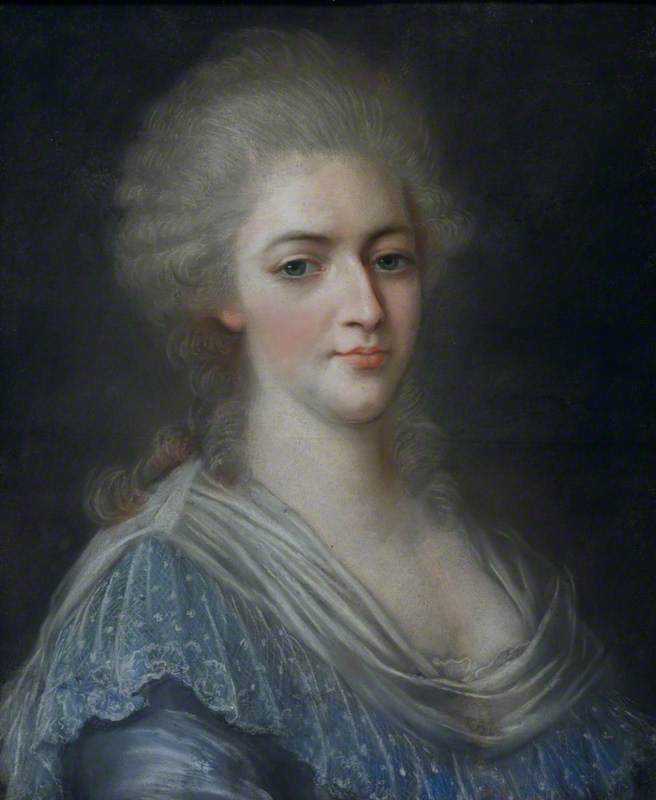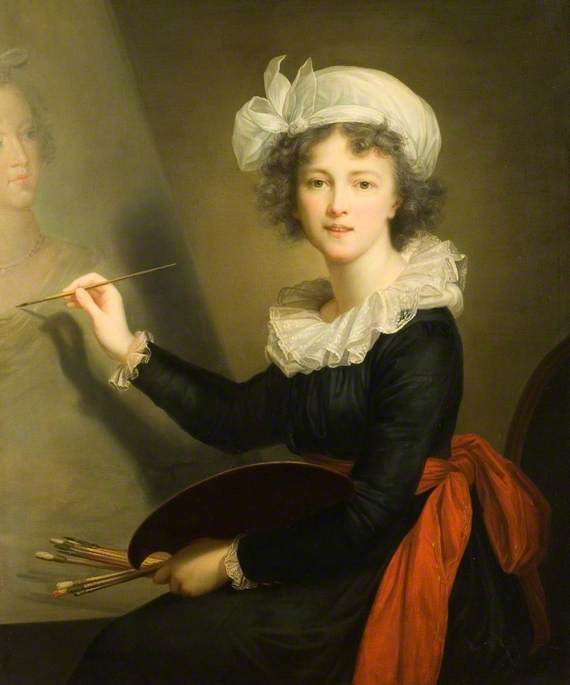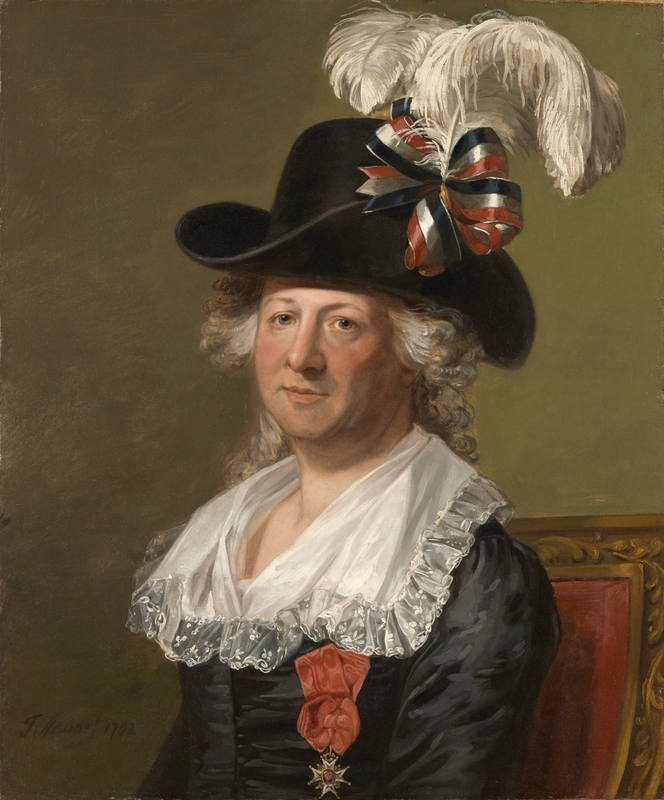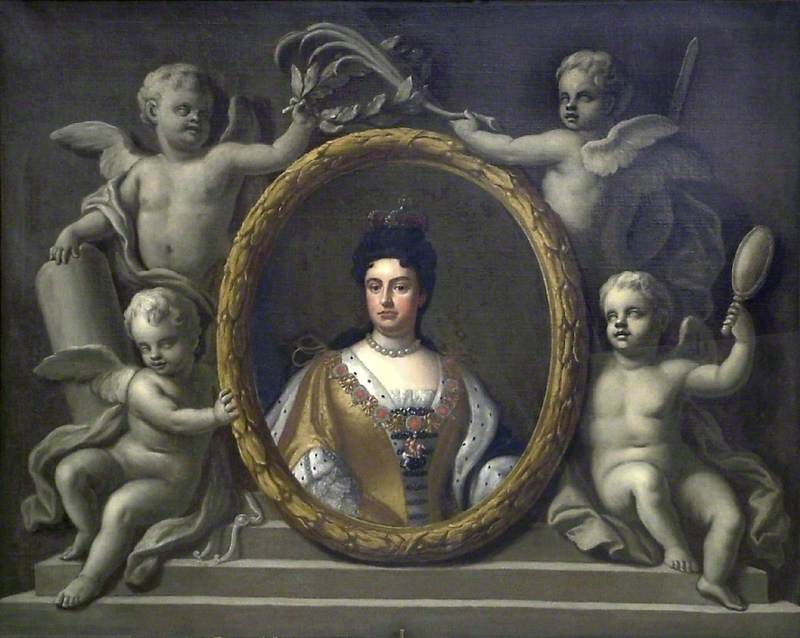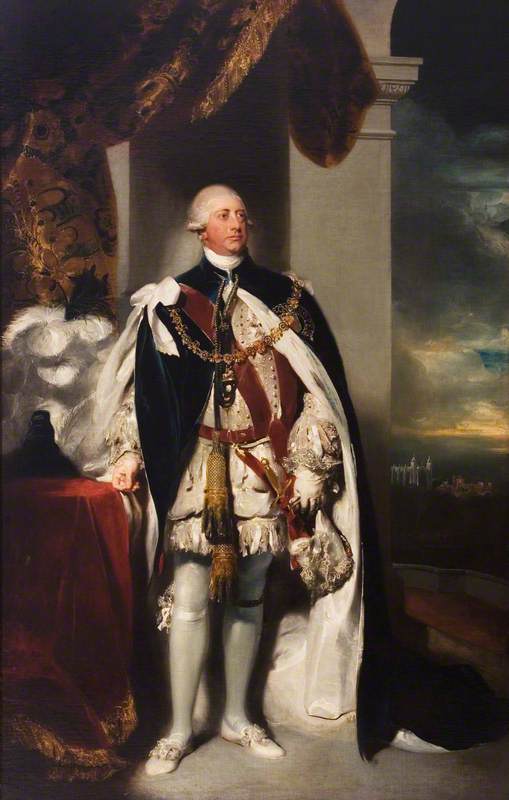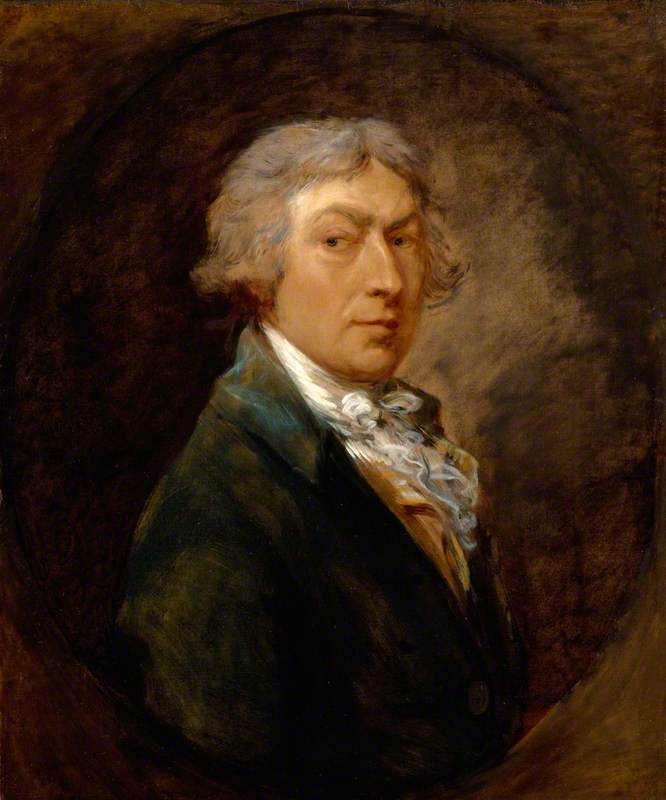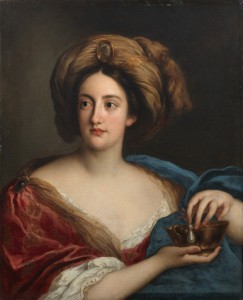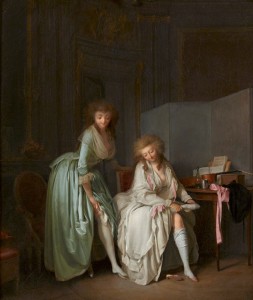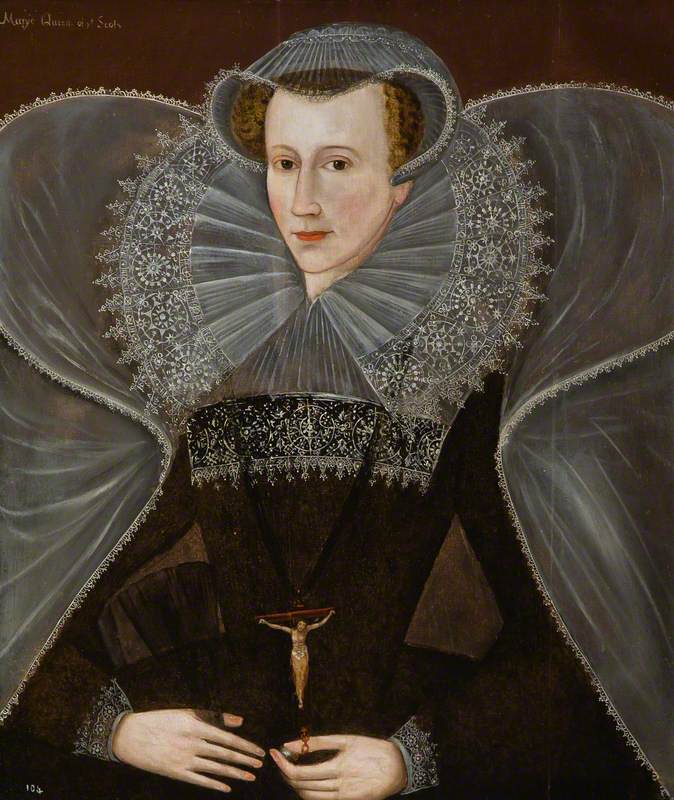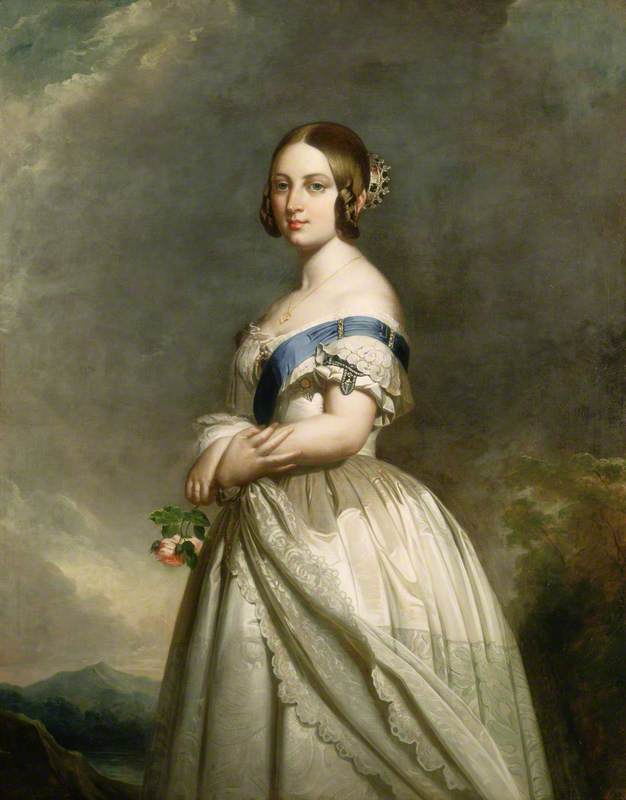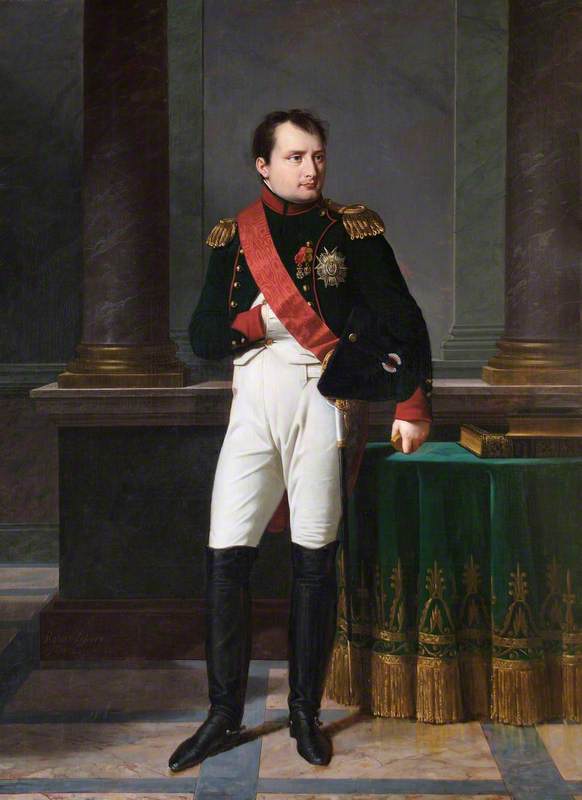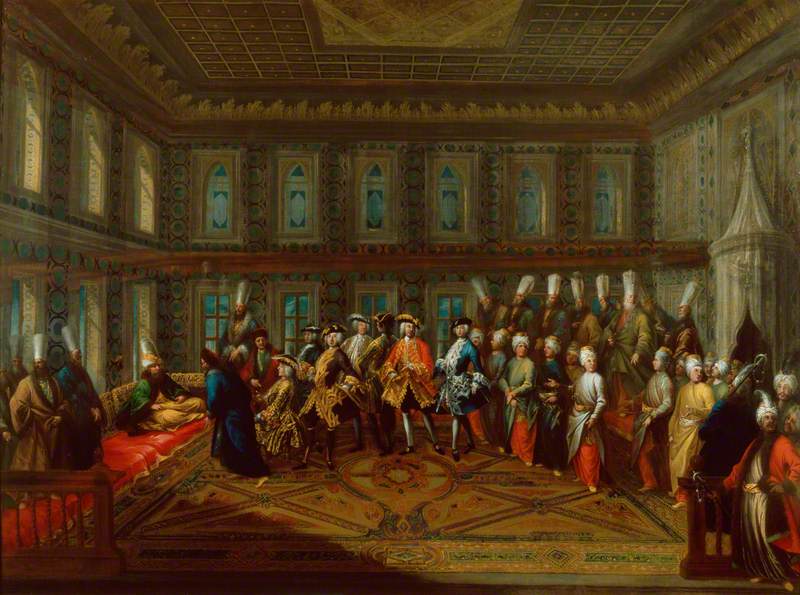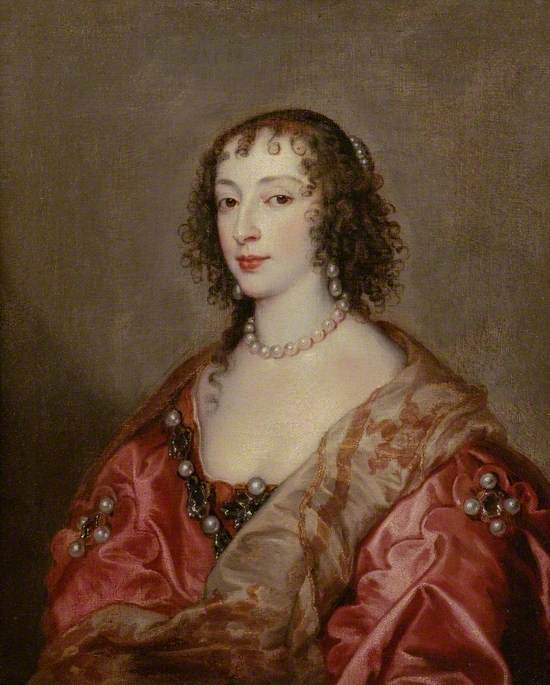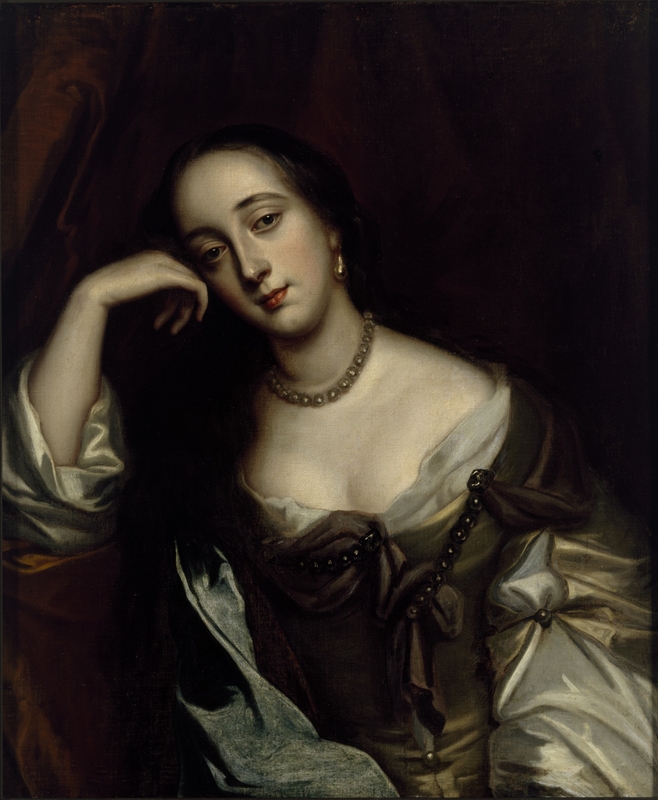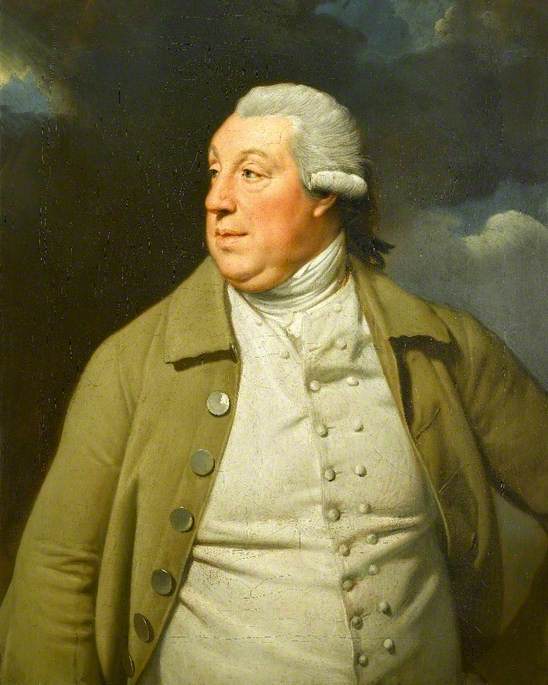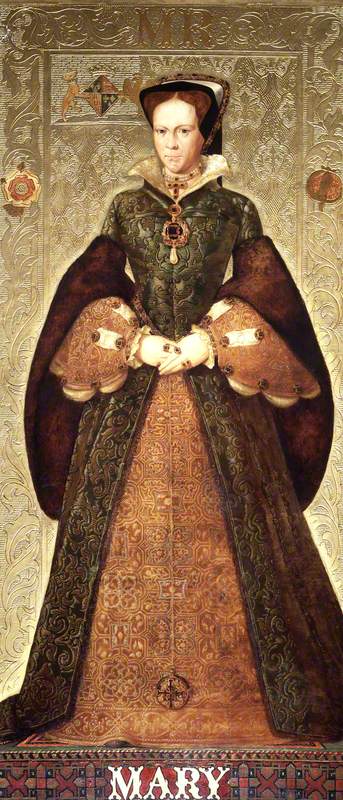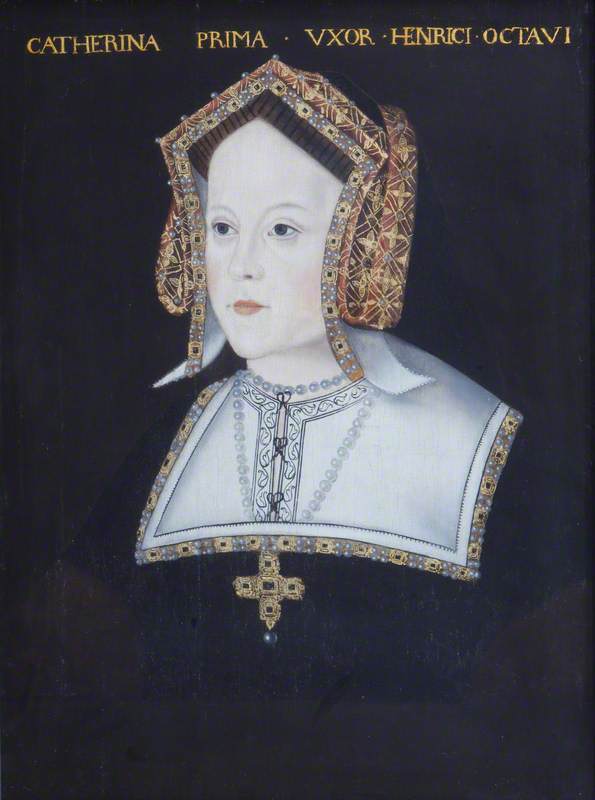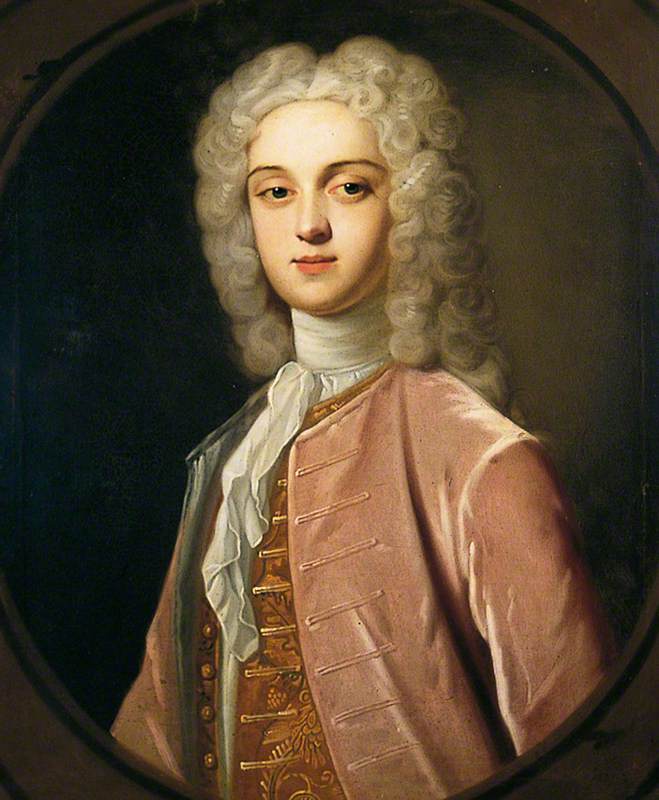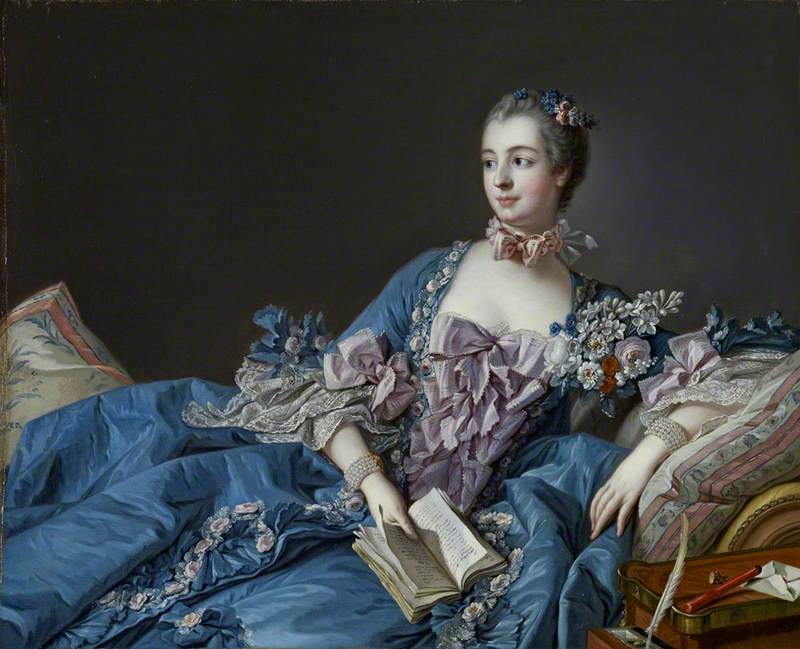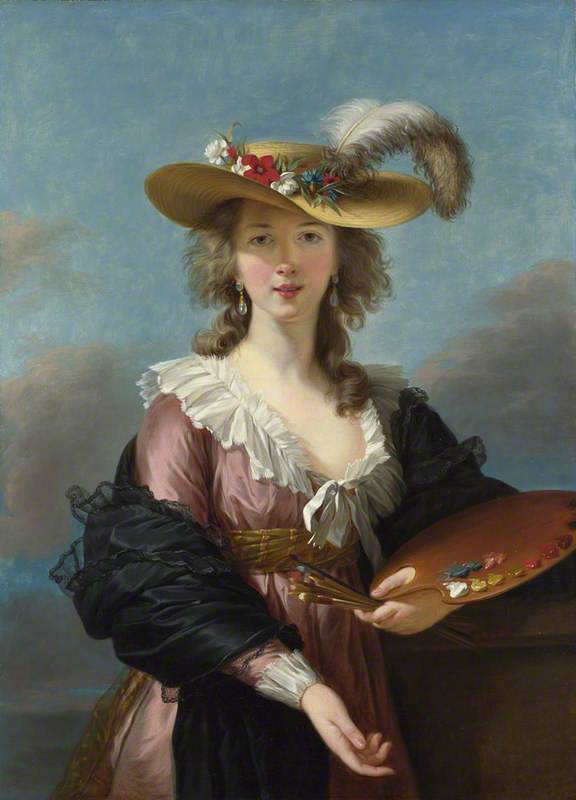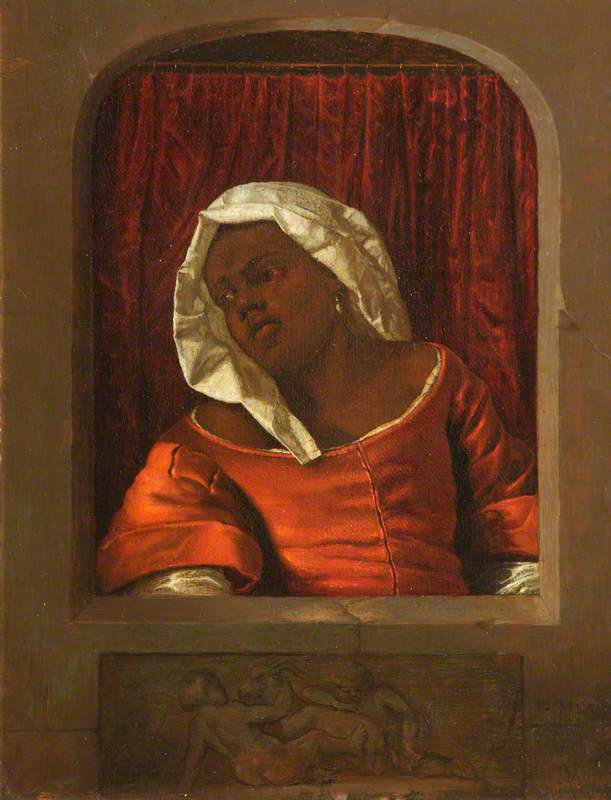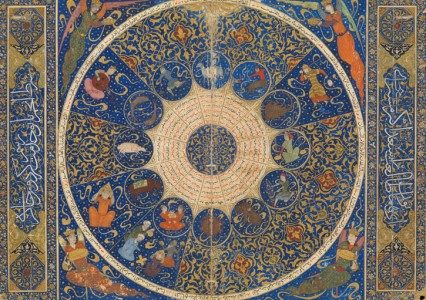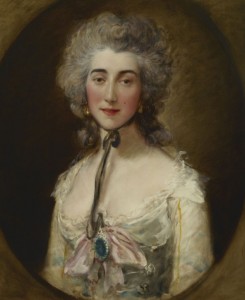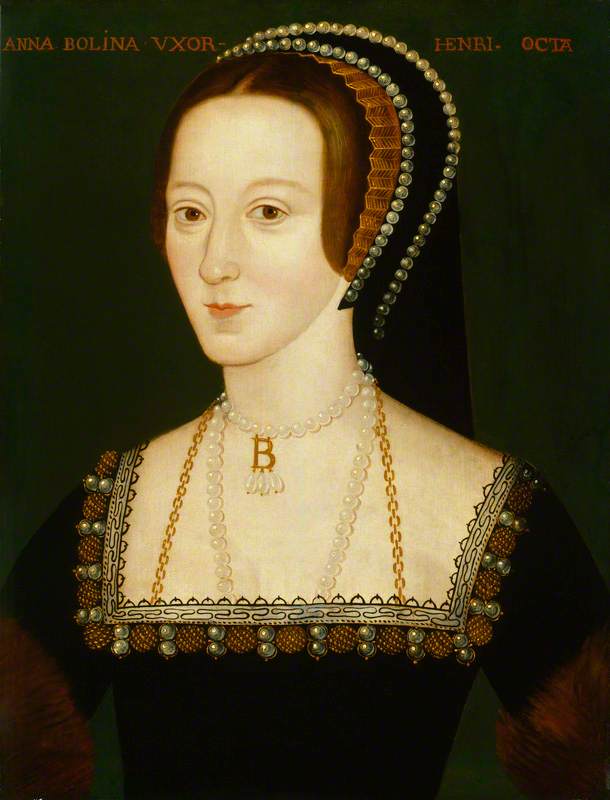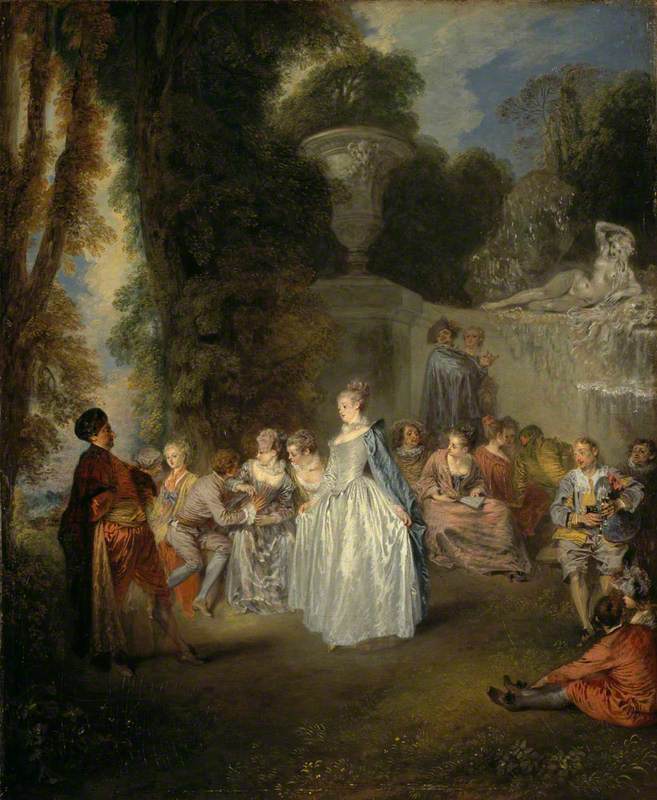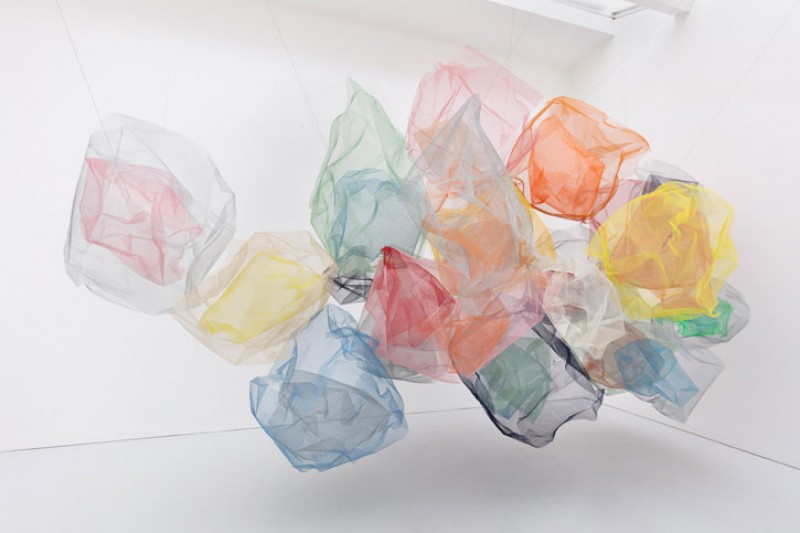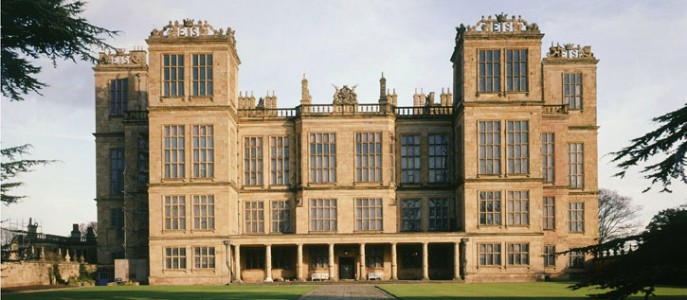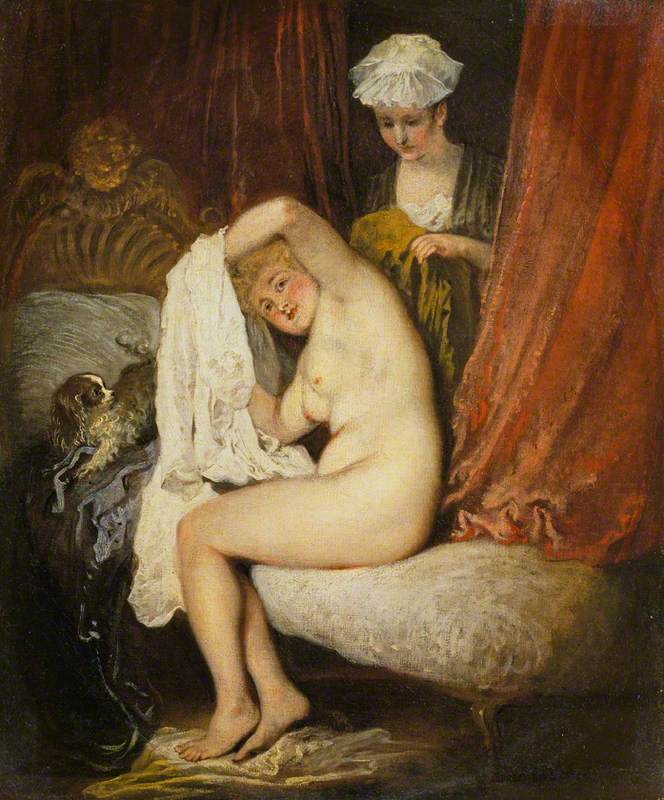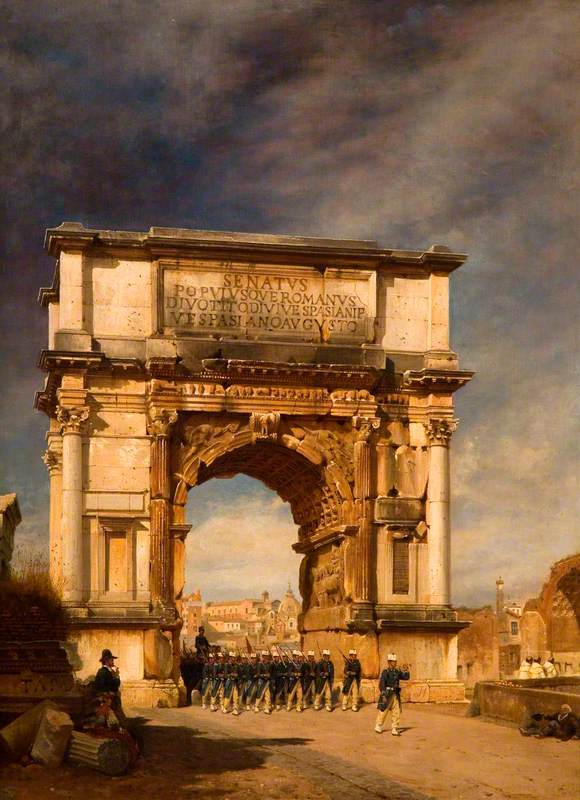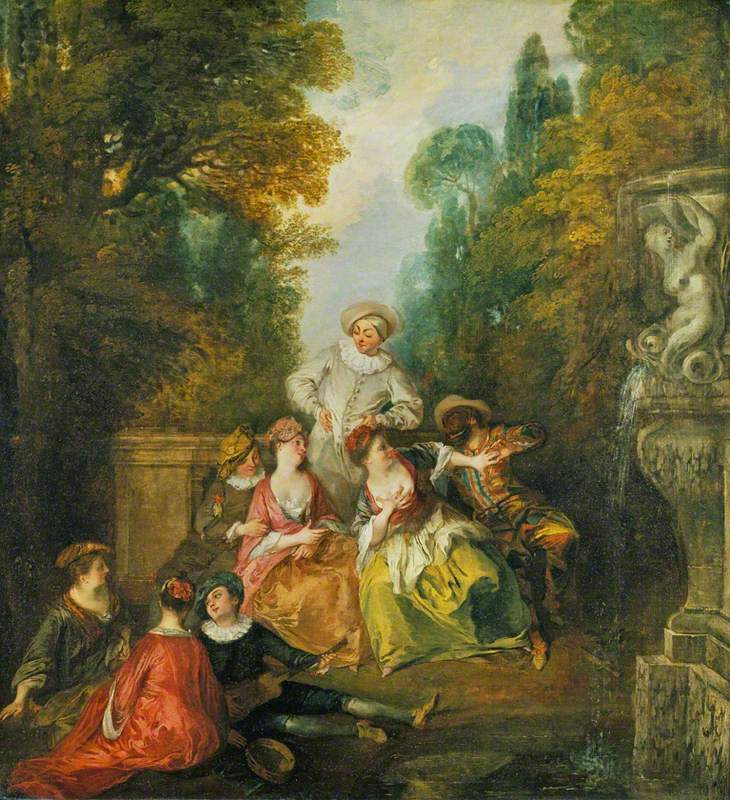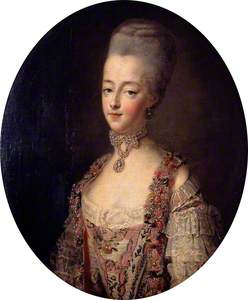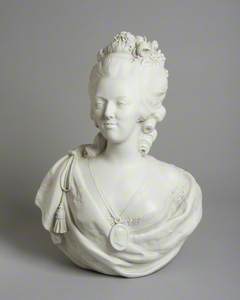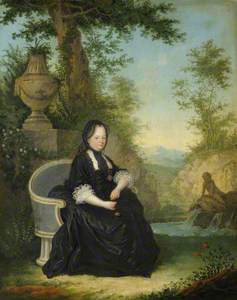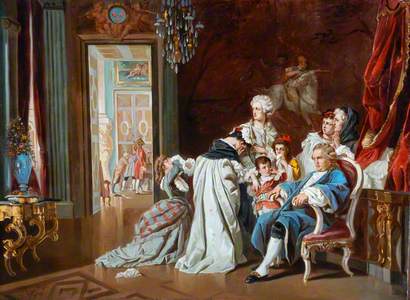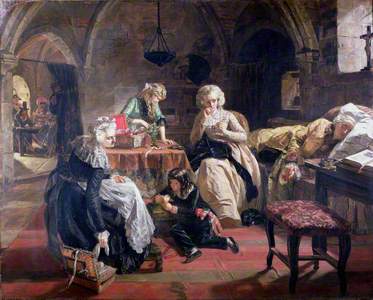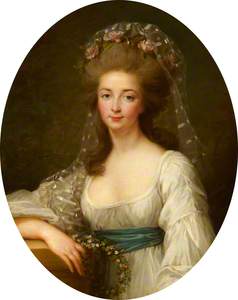10th May marks the anniversary of the start of the reign of Louis XVI of France and his wife, the Austrian princess Marie Antoinette. On that day, the young princess – who came from the court of the Holy Roman Empire court – became queen consort of France, a title envied by many.
With her angelic face and feminine manners, all eyes were on Marie Antoinette as the people wondered what kind of queen she would become: a patron of the arts, a discreet diplomat, a political advisor to her husband, a pious wife and queen? As it turned out, she would go on to become all of the above – and much more. She marked her time in French history unlike any other French consort.
Marie Antoinette (1755–1793), Queen of France, in a Court Dress
1773
François Hubert Drouais (1727–1775) 
Marie Antoinette was a keen musician – she played the harp and the harpsichord, and was taught in childhood by Gluck – as well as being a singer and an avid supporter of composers such as André Grétry.
Marie Antoinette also became the patron of many artists, such as the female painter Élisabeth Vigée Le Brun, who became the queen's official portrait painter. During her lifetime Le Brun painted 660 portraits and 200 landscapes, and her art can now be found in many museums all over the world, such as the Louvre, The National Gallery in London and The Metropolitan Museum of Art in New York.
The famous painter depicted Marie Antoinette in 30 portraits. One of the more famous pictures reveals the queen to be elegant, regal, and educated, posing with a book in her hand. Today the original is in Versailles, and this is an early twentieth-century copy.
Marie Antoinette (1755–1793)
(after Elisabeth Louise Vigée-LeBrun) 1907
T. C. 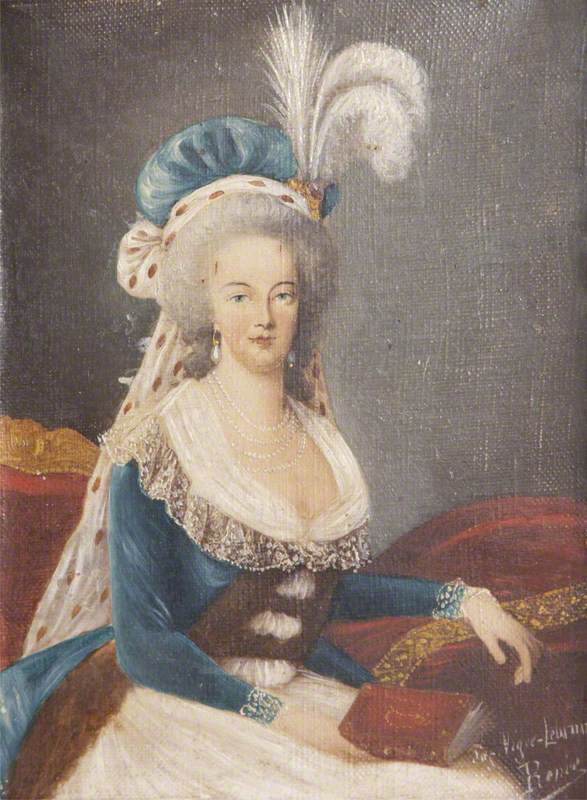
Marie Antoinette was fascinated with fashion and loved coming up with new dresses and hairstyles, ignoring tradition and making the job of her ladies-in-waiting more difficult than it would usually be.
Between 1783 and 1785, in the grounds of Versailles, she built a hamlet by the Grand Trianon Lake. There she would pretend to be a shepherdess, as imagined in this modern work.
She loved being audacious – sculptures like this illustrate her vivacious nature and ostentatious style.
Despite her great influence on the arts, Marie Antoinette was often seen as the pawn of her mother, the Holy Roman Empress Maria Theresa – she was often criticised at the French court and called 'The Austrian' by her detractors.
The Empress Maria Theresa (1717–1780), as a Widow
(partially after Anton von Maron) 1770/1781
Austrian School 
She soon became a target both at court and beyond and, while at the beginning she was much loved by the French people, her extravagance during a difficult economic time quickly turned this love into criticism.
The more she tried to advise her husband in politics, the greater the criticisms against her became. Pamphlets and libels were printed demonising her, and soon her bad reputation started affecting her husband's.
Louis XVI (1754–1793), King of France
1781–1782
Antoine-François Callet (1741–1823) 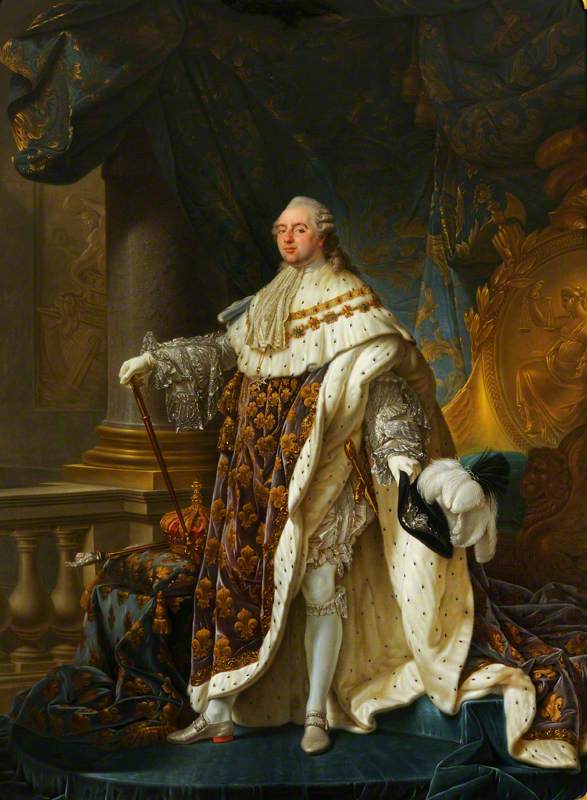
When the French Revolution broke out in 1789, Marie's ambivalent attitude regarding the situation caused much damage to the French monarchy. Advised by her family in Austria to flee, she was torn by her willingness to compromise and her fears of the people's will.
To Versailles, an Incident in the French Revolution
Valentine Cameron Prinsep (1838–1904) 
Unfortunately, the royal family chose to flee, which led to the end of the monarchy in France.
The Capture of Louis XVI and his Family
(after Gyula Benczúr) 1878
J. Eckel 
Louis XVI was tried for treason and eventually executed on 21st January 1793. His reign will forever be stained by his failure to preserve the monarchy and the Bourbon dynasty, and will always be associated with the French Revolution.
Louis XVI of France (1754–1793)
after 1775
Joseph-Siffred Duplessis (1725–1802) (after) 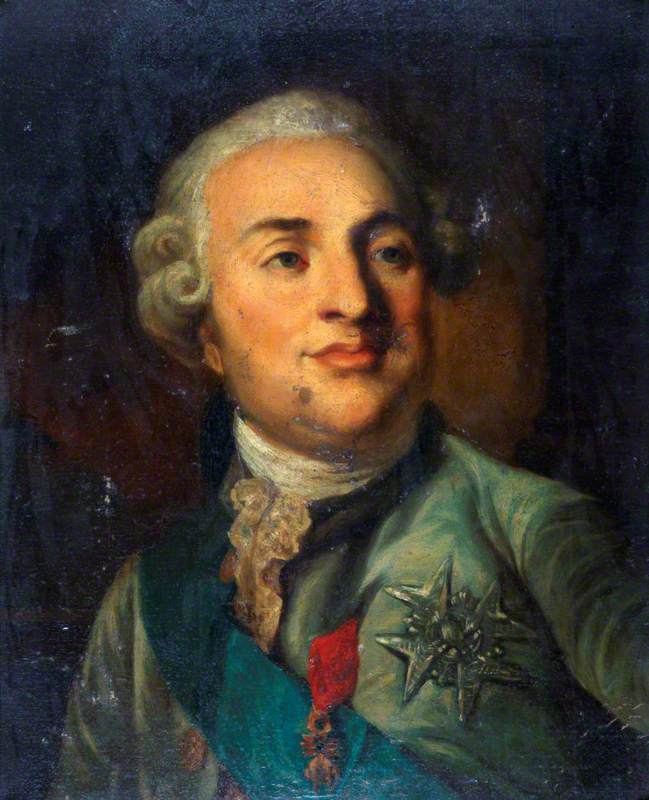
His opponents, the leaders of the French Revolution, now had to rethink the government model. One of the most important figures of the revolution became one of its leading members. Completely obsessed with his ideals of virtue and of a virtuous Republic, Maximilien François Marie Isidore de Robespierre is one of the most controversial figures in French – and world – history. His ideologies allowed France to become the country it is today, and yet his name is associated with the Reign of Terror – a series of massacres and public executions prosecuted by the Committee of Public Safety that Robespierre led with an iron fist.
Portrait of a Man, previously identified as Robespierre
18th C
French School (attributed to) 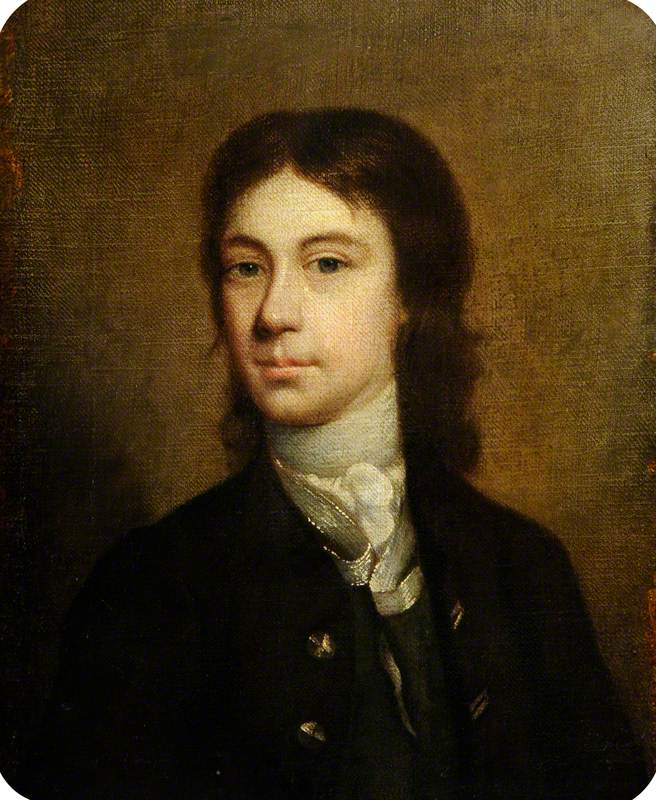
As for Marie Antoinette – who, as the consort of France, was supposed to have enjoyed a wonderful fate and future – her last moments were far from glamorous. Imprisoned with her children and her ladies-in-waiting, she was eventually tried for treason and executed on 16th October 1793, aged just 37.
Marie Antoinette (1755–1793), Queen of France, as a Widowed Prisoner in the Temple, 1793
Alexander Kucharski (1741–1819) (after) 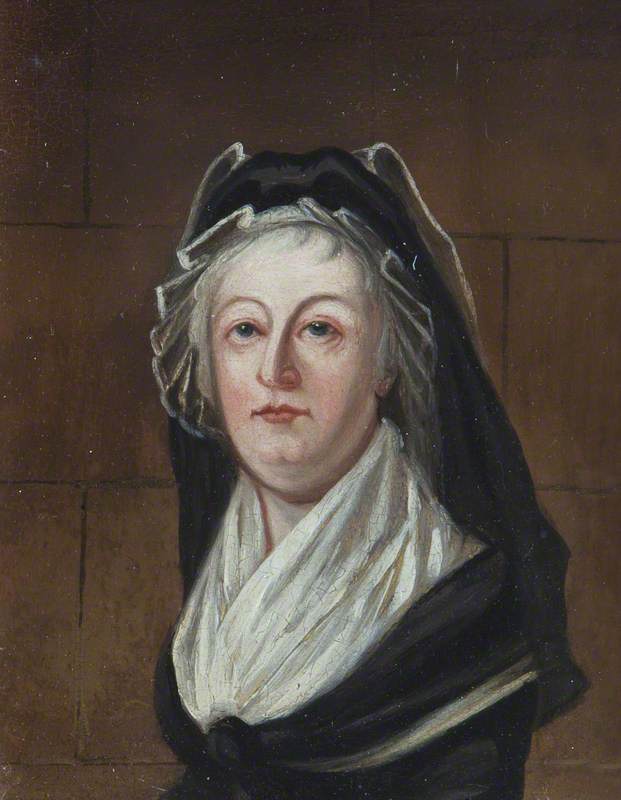
Her death caused outrage in the rest of Europe as most of her brothers and sisters were at the heads of other countries and realms. Her sister, Maria Carolina of Naples, promised to avenge her, developing a pure hatred against France for what they did. From an Austrian princess to a French queen consort, no one could have predicted Marie Antoinette's terrible fate.
In her last moments, Marie Antoinette wrote to her sister-in-law, Madame Elisabeth, with whom she had developed a close and genuine friendship over the years.
Elisabeth de Bourbon (1764–1794), Princess of France, 'Madame Elisabeth'
Élisabeth Louise Vigée Le Brun (1755–1842) (style of) 
Her only thoughts went to her children, whom she desperately wanted to protect, even after her death. 'It grieves me very sensibly to leave my poor children; you know that I existed only for them and you, my kind and affectionate sister.'
She advised, 'Let them both reflect on what I have unceasingly taught them, that virtuous principles and the exact performance of every duty, are the first basis of life; that their happiness will depend on their mutual affection and confidence.' She ended her letter with what she wanted her legacy to be: 'Let them never seek to revenge our death.' It was for her wise words and her maternal affection that Marie Antoinette wished her children to remember her.
Sadly, all her children died young except for Marie-Thérèse, who was to become the Duchess of Angoulême.
Marie-Thérèse-Charlotte of France (1778–1851), Duchesse d'Angoulême
1817
Antoine-Jean Gros (1771–1835) 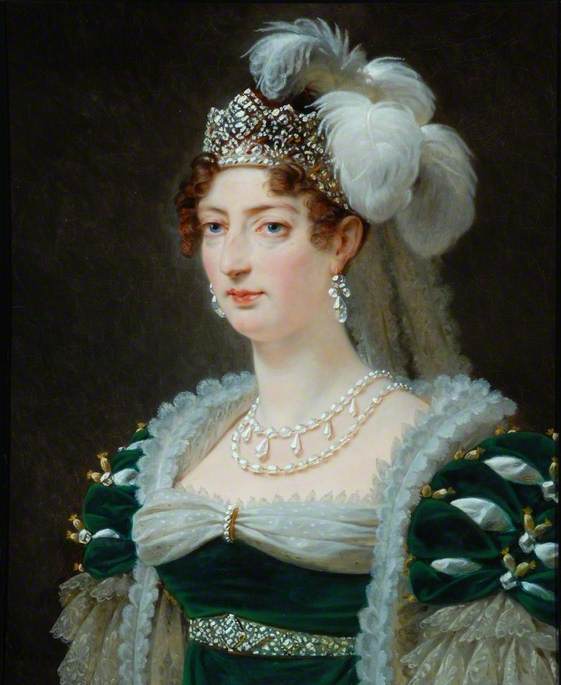
Even to this day, especially in France, Marie Antoinette remains a controversial figure. In the UK, any association with her – as we have seen with 'Carrie Antoinette' trending on Twitter recently – is not a flattering one. She is remembered for betraying France and for being the cause of all its woes, yet her legacy remains more complex, as her last letter shows.
In the end, Marie Antoinette had her bad qualities, certainly, but she also remained a devoted mother who was taken away from her children and who tried to leave them a legacy of peace and love – if only through her words.
Estelle Paranque, historian and author
